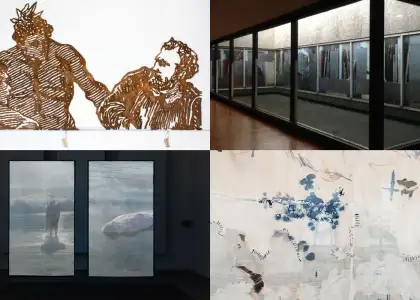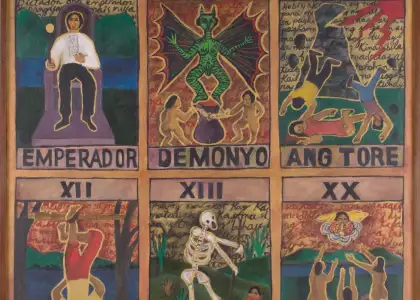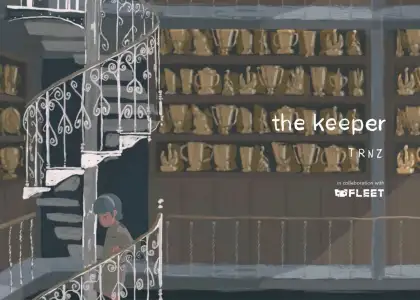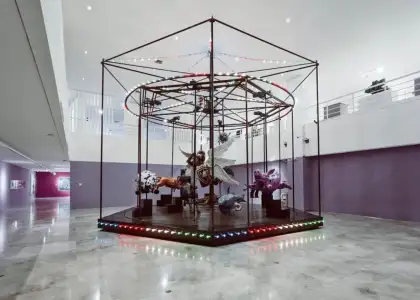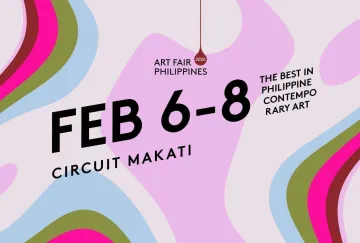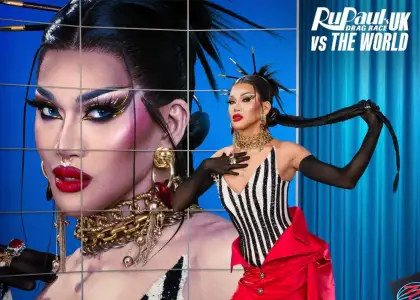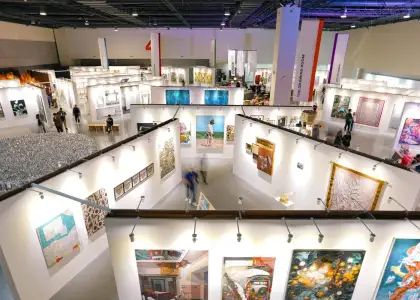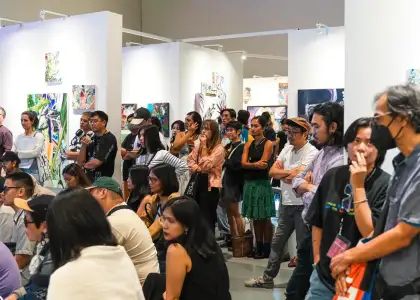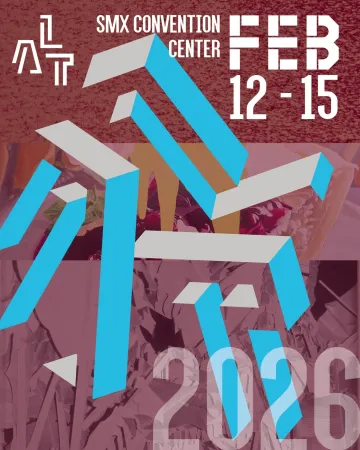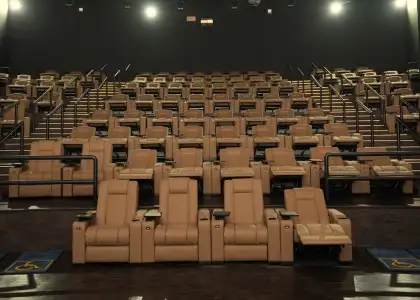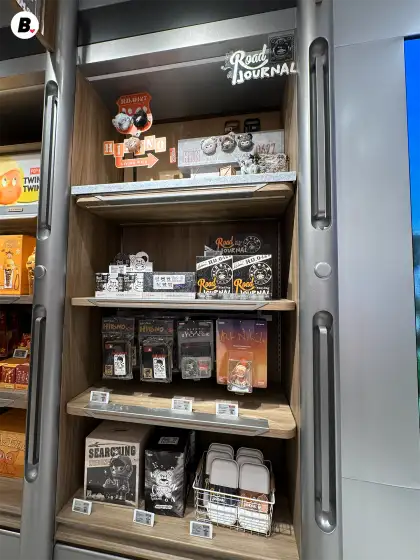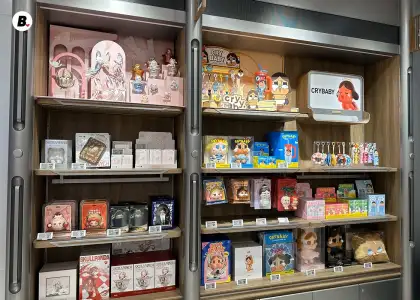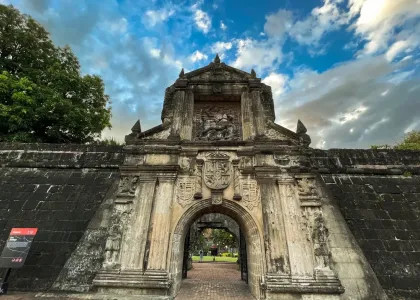Explainer: The Public Utility Vehicle Modernization Program

Much clamor and dialogue surround the Philippine government's Public Utility Vehicle Modernization Program (PUVMP), which has been the talk of the town for the past couple of months.
The latest development to this hot issue came on Jan. 24, when President Ferdinand "Bongbong" Marcos Jr. extended the consolidation deadline for PUVs until April 30, which was initially set on Dec. 31, 2023.
But what is the PUV Modernization Program? And why has it been met with criticism and opposition by PUV drivers, operators, and transport groups?
The PUV Modernization Program
The Department of Transportation (DOTr) and the Land Transportation Franchising and Regulatory Board (LTFRB) introduced the PUV Modernization Program in June 2017 under the Duterte administration with Department Order No. 2017-011. It is also known as the Omnibus Guidelines on the Planning and Identification of Public Road Transportation Services and Franchise Issuance or the Omnibus Franchising Guidelines (OFG), which initiated the PUVMP.
The PUVMP aims to transform the country's public transportation system by making both the commute experience and public transportation operations "dignified, humane, and on par with global standards" for Filipinos. It is also its goal to provide a safer, more affordable, efficient, and environmentally friendly public transport system.
The LTFRB is assigned to implement Department Order No. 2017-011, which includes the consolidation of PUVs and the creation of larger and more coordinated PUV fleets, among others. Department Order 2018-024 led to the establishment of the PUV Modernization Program - National Program Management Office (PUVMP-NPMO) and regional PMOs (PUVMP-RPMO).
As it stands, the PUVMP comprises 10 components: Regulatory Reform, Local Public Transport Route Planning (LPTRP), Route Rationalization, Fleet Modernization, Industry Consolidation, Financing PUV Modernization, Vehicle Useful Life Program, Stakeholder Support Mechanism, Initial Implementation, and Communications.
The PUVMP not only affects public utility jeepneys, but also other PUVs such as UV Express services, public utility buses, mini-buses, Filcab services, school services, taxis, transportation network vehicle services (TNVS), tourist transport services, and shuttle services.
What Does This Mean for Drivers and Operators?
The current nationwide consolidation rate is at 76.6%. According to DOTr Secretary Jaime Bautista on Jan. 25, the extended deadline can increase the consolidation rate to about 85%. He added that the PUVMP's consolidation component is beneficial because it aims to improve PUV operations by making dispatching and fleet management more efficient, and the commute experience safer and more convenient.
Under the PUVMP, routes will be reorganized, and franchises can only be granted to consolidated PUVs. This means drivers and operators must join a cooperative or corporation to be given a franchise to ply certain routes with maximum lengths or distances. PUVs that remain unconsolidated after the final deadline on April 30 will be apprehended and considered "colorum" or illegal PUVs.
The PUVMP also involves phasing out PUVs that are at least 15 years old and no longer environmentally sound. PUVs are required to have low-emission combustion engines, such as the Euro IV engine or better, like the Euro V or Euro VI. Other preferred PUVs include electric units or those that run on alternative fuel like solar.
The estimated cost of an electric jeepney is reported to be between a million to almost three million pesos. Local manufacturer Francisco Motors, however, has offered its e-jeepneys for P985,000 each for the first 1,000 units, according to ABS-CBN News on Dec. 7, 2023. The initial e-jeepney unit of Francisco Motors is expected to be finished by the second quarter of 2024, with the units to be built in an ecozone in Camarines Norte, Bicol.
Criticism and Recommendations
Pagkakaisa ng mga Samahan ng Tsuper at Operator Nationwide (PISTON), among other transport groups and civic society groups, have been protesting the PUV Modernization Program since its introduction in 2017.
PISTON President Mody Floranda, in an interview with The Beat Asia, had expressed doubts over the program, fearing it would only benefit big businesses and foreign companies. The group emphasized that instead of the PUVMP, the government could focus instead on the rehabilitation of the public transportation system.
Local manufacturers are also under threat due to the PUVMP, as the program could kill the industry by favoring imports from China, Japan, and other countries. According to PISTON, drivers and operators will not be able to afford the expensive modernized or electric vehicles, while commuters will bear the brunt of fare hikes.
The transport group recently recognized the victory of collective action amid the extension of the consolidation deadline, although it also reminded the public that the fight is not yet over.
PISTON enjoined the public to continue advocating for a progressive public transportation for the people.
Dr. Teodoro Mendoza, a professor and scientist at the University of the Philippines-Los Baños, also aimed to add a "mirror" to the government's PUVMP with his 2021 discussion paper, titled "Addressing the 'blind side' of the government's jeepney 'modernization' program."
The paper was published under UP's Center for Integrative and Development Studies’ Program on Alternative Development.
In his paper, Mendoza offered short-term and long-term recommendations and actions to achieve jeepney modernization. For the transition stage, he wrote that the "overhaul and remanufacture" of older engines of jeepneys can be done to lower emissions or pass the required emissions standards. He added that the old shells of jeepneys can be revamped according to the Philippine National Standard for modern units. Age limits for older jeepneys must also not be imposed.
Mendoza said that instead of turning to foreign imports, the local fabrication of jeepneys should be supported. For the medium and long-term strategy, localized modernization is crucial.
"Localized modernization will generate more jobs, avoid dollar outflows due to importation, increase the value of our products (particularly rubber), generate higher incomes for our rubber growers, and provide higher revenues for local providers and makers of vehicle parts and accessories," Mendoza wrote. "[L]ocalized PUV modernization should be viewed as a component of the country’s overall sustainable and inclusive economic development framework."
Get the latest curated content with The Beat Asia's newsletters. Sign up now for a weekly dose of the best stories, events, and deals delivered straight to your inbox. Don't miss out! Click here to subscribe.










